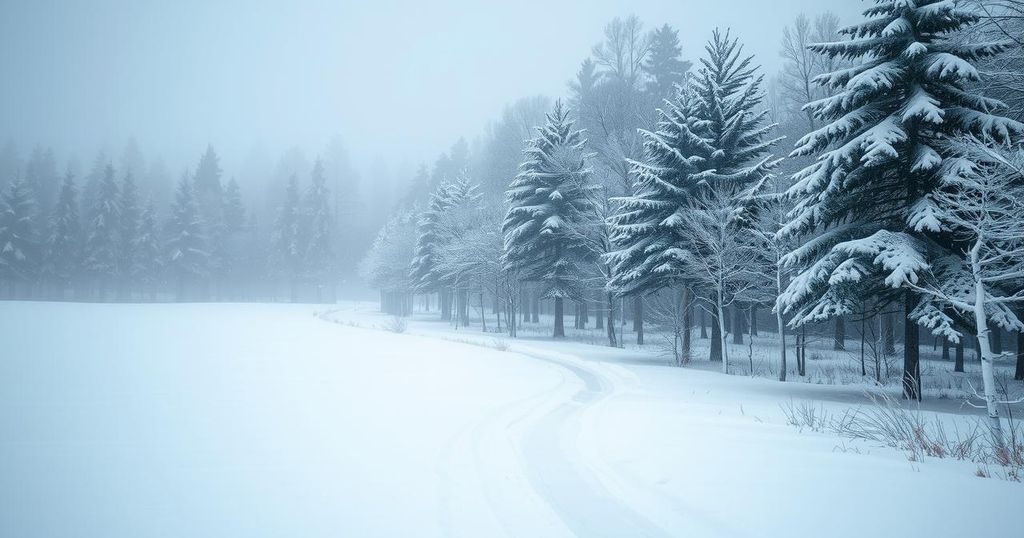February: America’s Peak Month for Winter Storm Activity

February is historically the month with the most winter storms in the United States, driven by plentiful cold air and an active jet stream. With an average of six named storms, it parallels peak periods for hurricanes in September and tornadoes in spring. Conditions in February create significant hazards like travel disruptions and power outages, making it essential to stay informed during this peak winter storm period.
February is a critical month for winter storms in the United States, historically showcasing the highest frequency of these events. This uptick in storms is due to an abundance of cold air and an active jet stream, which together create conditions conducive to winter weather. The significant risks associated with winter storms include hazardous travel, tree damage, and possible power outages. The winter storm season extends from fall through spring, maintaining the potential for snow or ice whenever cold temperatures prevail.
The Weather Channel has been systematically naming winter storms since the early 2010s, revealing that February averages six named storms, with records showing variability between four to eight storms annually since 2014. The data suggests that, although February is often a peak month for storms, individual winter seasons can present unique weather patterns that influence the frequency of these meteorological events.
February’s storm activity corresponds with the peak of major snowstorms experienced in the Northeast, while other regions such as the Plains, Rockies, and Southern states may also see February as their snowiest month. Despite January being typically colder, sufficient cold air remains present in February, bolstered by extensive snow cover from prior months. Moreover, the strong, active jet stream can generate numerous winter storms in a condensed timeframe of one or two weeks.
In comparison to other seasonal weather phenomena, February’s prominence in winter storms parallels September’s peak for hurricanes, even within the longer six-month Atlantic hurricane season. Tornadoes are less frequent but still occur whenever conditions are favorable throughout the year, with spring, particularly May, being a notable peak, as exemplified by NOAA’s report of 530 tornadoes in May 2024.
Thus, the pattern of winter storms throughout February is a natural occurrence rather than an anomaly, resulting from the month’s characteristic meteorological conditions. As such, the public should prepare for a historically active period of winter weather, making it pivotal to stay informed and ready for potential impacts on daily life and infrastructure.
In conclusion, February is the peak month for winter storms in the United States, characterized by cold air and an active jet stream that lead to increased storm frequency. The Weather Channel’s data illustrates that February typically witnesses around six named storms, although actual figures can fluctuate. This month’s weather patterns not only align with historical trends but also bear similarities to peak seasons for other weather phenomena such as hurricanes and tornadoes, demonstrating the dynamic nature of American winter weather.
Original Source: weather.com







